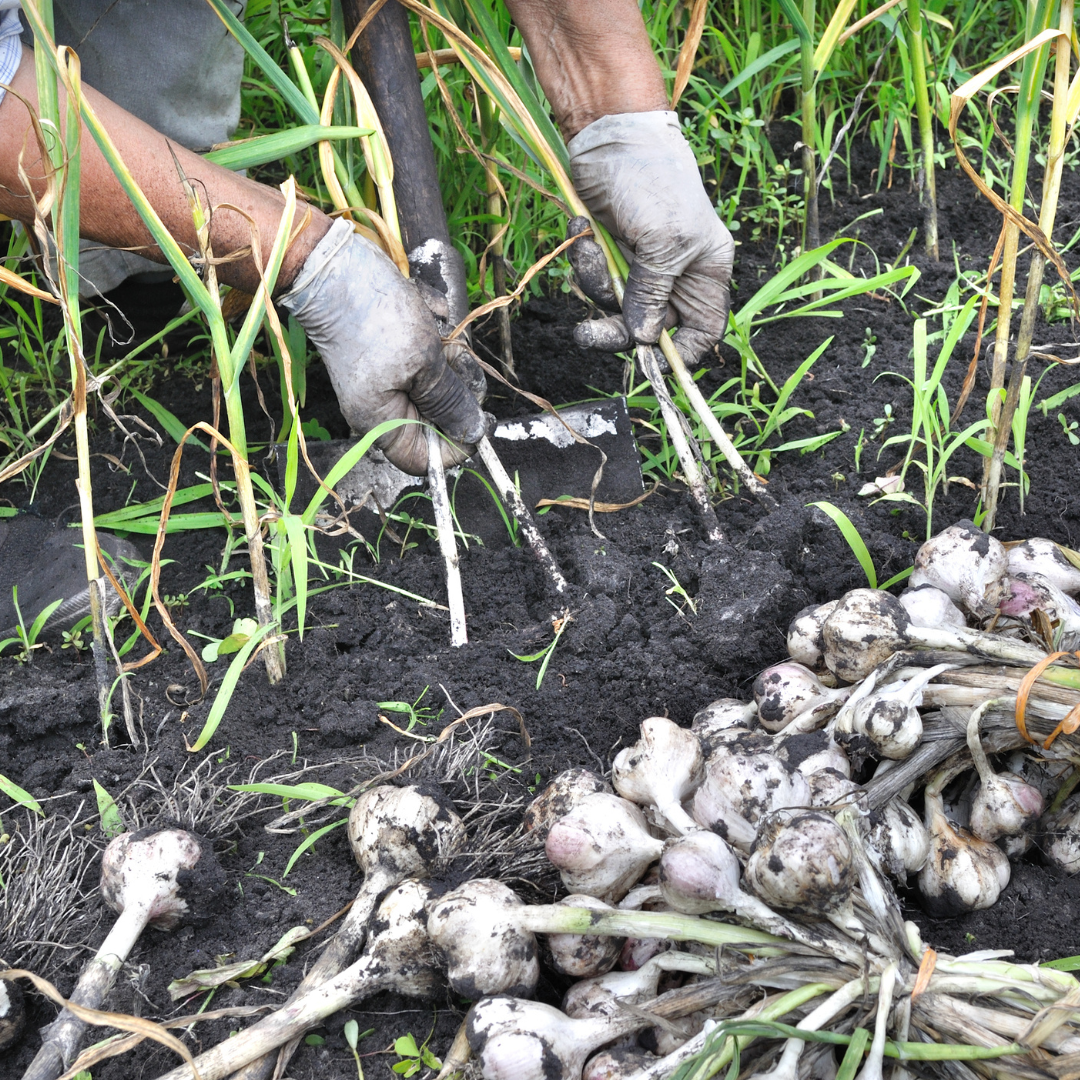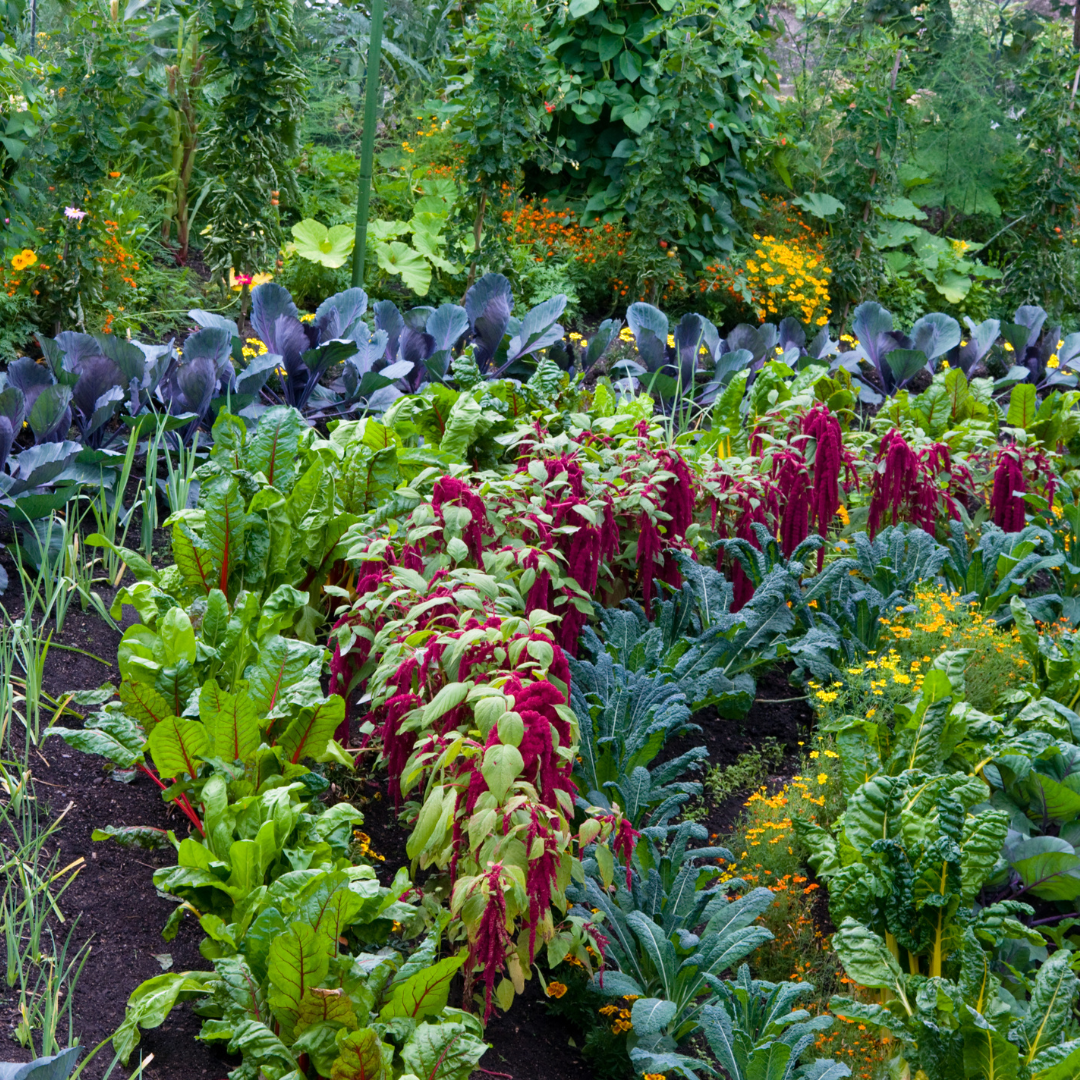Companion Planting
Have you ever discovered in your garden how one plant can not do well in one spot, and does very well in another spot. They have the same conditions, but they do not grow the same. This could be due to a plant that is growing beside it.
Companion planting will attract beneficial insects and also attracts bug-eating birds.
A few examples of companion plants are:
Nourishment
Peas and beans will transport nitrogen from the air and bring it down into their roots. The bacteria in the soil converts this nitrogen into a plant-friendly form of nitrogen. The plants beside the peas and beans will benefit from it..
Protection
Marigolds contain thiophene in their roots. This thiophene is toxic to certain nematodes that live in the soil. Plant marigolds among plants that these nematodes feed on, such as beans and tomatoes. It will keep them healthy.
Garlic, onions and chives use this same chemical protection that prevents black spot on roses or scab on apples.
Dandelions in a tomato patch will deter fusarium wilt. This is a fungal disease in the soil. It reduces the plant health and yield of your tomato plant.
Tall plants such as pole beans or tomatoes offer shade. Cool-weather plants such as radishes, spinach, lettuce, and turnip benefit. While offering shade, this also protects the soil from the sun, keeping roots cool.
Repelling Pests
Pests find their food from their host plant's chemical odor or color. If there is an assortment of odors, textures and colors in your garden, you provide a natural barrier. This makes it difficult for pests to find their next meal.
Cabbage moth loves broccoli and cabbage. If you plant onions and carrots around them, the moth will get confused trying to find the scent.
Plants that have a strong smell, such as sage, lavender oregano and rosemary, make it hard for aphids to feed. Planting the perimeter of your garden with garlic and marigolds repels aphids and beetles.
Cabbage, broccoli and kale make good companion plants for beans. Mustard oils from these plants can poison spider mites, mosquitoes and Mexican bean beetles.
On some occasions, a plant will repel rodents by creating a physical barrier. If a raccoon wants to raid your corn, planting a scratchy barrier of squash vines will deter the raccoon.
Planting cabbage and cauliflower beside tomatoes, will deter the flea beetle from ingesting the cabbage and cauliflower
Catnip is another repellent plant. Colorado potato beetles, green peach aphids, and flea beetles stay away from Catnip. If you cut pieces of the plant and use them as mulch around plants, it will work to repel these insects.
Leek, onions and rosemary repel the carrot fly, parsley and tomatoes against aparagus beetle, geraniums and petunias against leafhoppers, and nasturtium against whitefly.
Plants That Attract Beneficial Insects
Attracting beneficial insects to your garden is also a great way to keep plants healthy. Beneficial insects destroy pests such as aphids, slugs, snails, cucumber beetles, and caterpillars.
Both the adult and larvae stage of beneficial insects protect plants. The adult insects feed on nectar and pollen. To attract the adult insects to the garden, plant flowers rich in nectar. Begin with spring-flowering plants such as sweet alyssum and sweet woodruff. Include long-blooming plants like marigolds, coreopsis and petunias. Then extend the season with later-blooming asters, chrysanthemums and salvias.
Planting yarrow, parsely, dill and chamomile will attract parasitic wasps, lacewings and syrphid flies. These insects will reduce populations of caterpillars, aphids, leafhoppers and thrips.
When broccoli and lettuce go to flower, if you leave the plants alone, their flowers provide a food source for the beneficial insects,
Sunflowers, echinacea, cosmos and zinnias attract predatory insects that eat cucumber beetles, grasshopper eggs, slugs and caterpillars.
Plants That Attract Bug-Eating Birds
Another way to reduce unwanted bugs is to attract birds that feast on these insects. Chickadees, robins, wrens and swallows, will feast on soil dwelling grubs to flying moths.
To attract these birds, grow nectar, seed and fruit bearing plants.
Cosmos, asters, zinnias, sunflowers and other seed bearing annual or perennial plants attract a variety of songbirds.
Tubular flowers or bell shaped flowers like bee balm, sage, nicotiana, verbena and salvia attract hummingbirds. They dine on caterpillers and small insects.
Companion planting is about diversity. This is integral to a healthy garden. Try the different combinations and find what works best for you in your location. Grow flowers and herbs among your vegetables, or put a few vegetables among your flowers. You will have a more beautiful and bountiful garden






